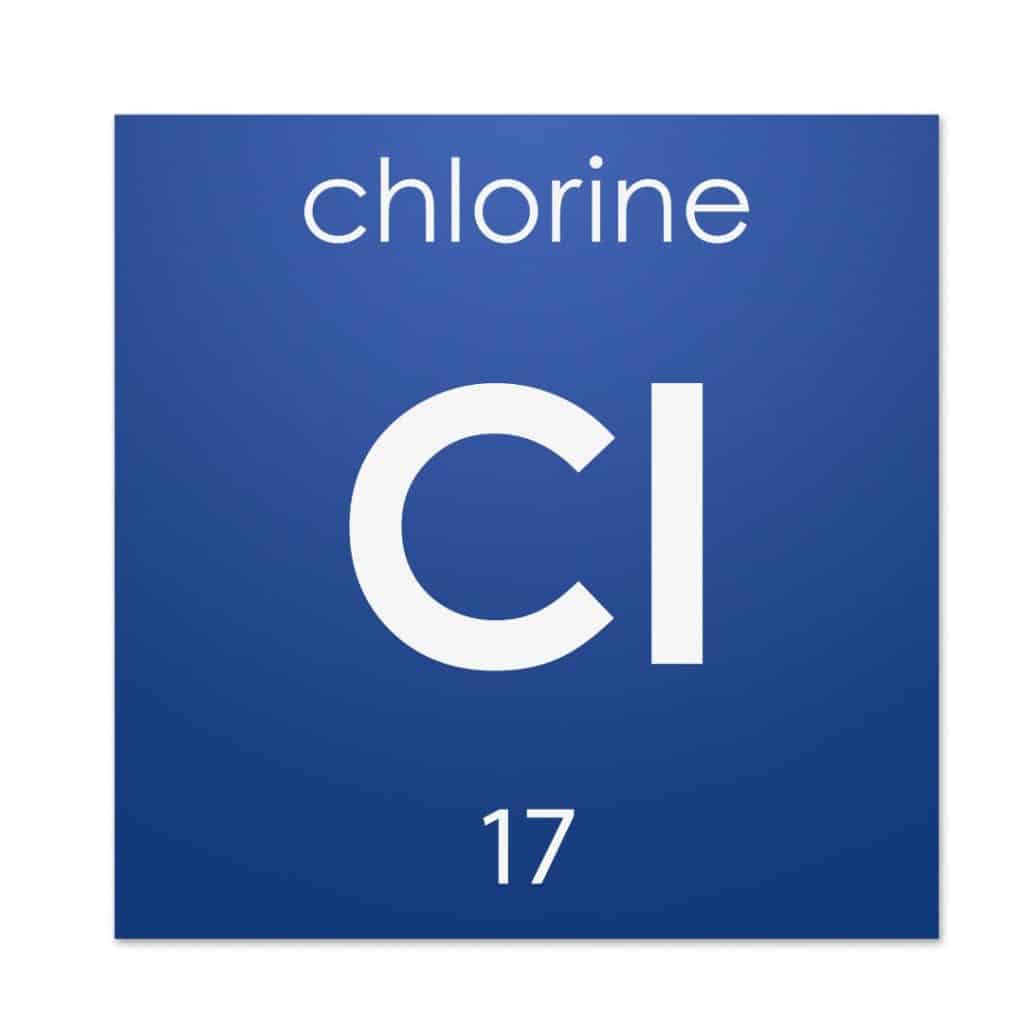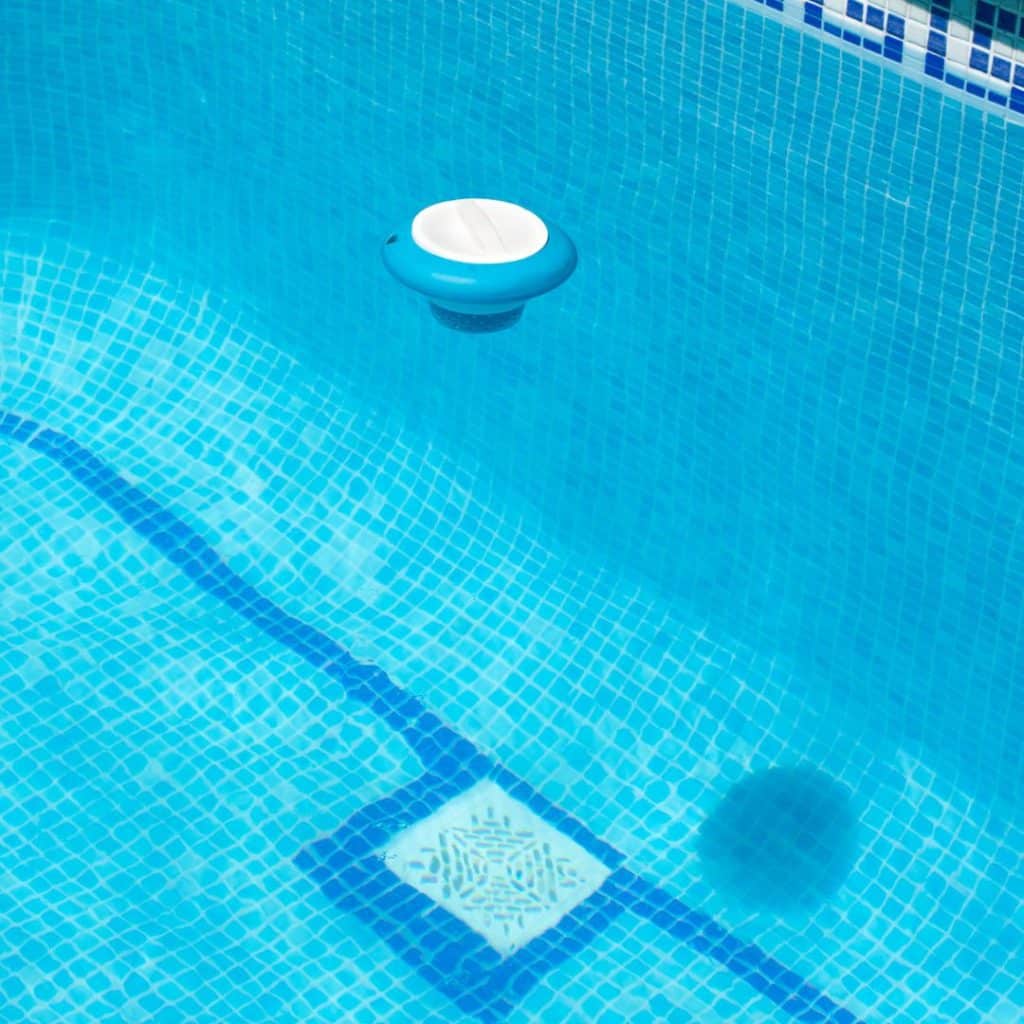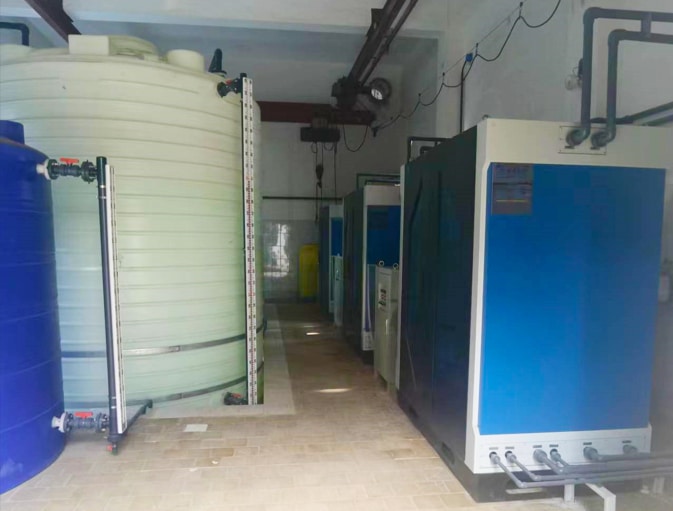What is chlorination?
Microorganisms are present in raw water from various sources such as rivers and groundwater and can cause human disease; these are called pathogens. Pathogens in water can be spread through the drinking water distribution system and cause waterborne diseases in people who drink the water.
A variety of water disinfection methods are used to combat waterborne diseases, often in conjunction with other water treatment processes such as coagulation, sedimentation and filtration. Chlorination produces water that is safe for public consumption.
Chlorination, the process of adding chlorine to drinking water to kill parasites, bacteria and viruses, is one of the many methods used to disinfect water. It is a chemical disinfection method that uses various types of chlorine or chlorine-containing substances to oxidize and disinfect drinking water sources. Public water systems typically use chlorine, chlorine dioxide or chloramine as the primary disinfectant.

How does chlorinization work?
Chlorination can occur at any point in the overall water treatment process and the general workflow is as follows.
Chlorine is applied to the water immediately after it enters the treatment facility, a step called pre-chlorination. Chlorine is usually added directly to the raw water or to a flash mixer. This is used to eliminate algae and other forms of aquatic life from the water. Pre-chlorination in the flash mixer removes odors and tastes and controls the growth of organisms throughout the water treatment system, thus preventing growth in the settling tank and filter media.
Chlorination can also be performed as the final step in the water treatment process, where chlorine is added for the primary purpose of disinfecting the water and maintaining the chlorine residual in the water as it flows through the distribution system. Chlorinating filtered water is more economical because many unwanted organisms have been removed as the water goes through sedimentation and filtration. Supporting and maintaining residual chlorine is sometimes done within the distribution system in a process called re-chlorination. This is done to ensure that proper chlorine residual levels are maintained throughout the distribution system.
Why water chlorination?
Water Chlorination is a common method of disinfection and water purification, mainly used to kill harmful microorganisms, inhibit the growth of algae, remove organic pollutants and ensure the safety of water supply. The following are the main purposes and advantages of chlorination:
- Kill harmful microorganisms
Chlorine can effectively kill bacteria, viruses and parasites such as E. coli, Vibrio cholerae and Giardia. This sterilization reduces the risk of waterborne diseases and improves the safety of drinking water. - Continuous disinfection
Unlike other disinfection methods (e.g., UV disinfection), chlorine maintains a residual effect in the water, and even after the water has passed through the pipeline, it continues to inhibit microbial growth and prevent secondary contamination. - Removal of organic pollutants and odor
Chlorine can react with organic and inorganic substances in the water, decompose some harmful chemicals, and reduce the odor and color brought by algae and humus, making the water clearer. - Economic and efficient
Chlorination is less expensive and suitable for large-scale water treatment facilities, such as municipal water supply systems, industrial water treatment and swimming pool disinfection. - Suitable for emergency disinfection
In natural disasters or water pollution events, chlorination is a fast and effective emergency water treatment method that ensures the provision of safe drinking water within a short period of time.

Types of chlorinated products
The chlorination process involves the addition of chlorine to the water, but the chlorinated product does not have to be pure chlorine. Chlorination can also be performed using chlorine-containing substances. The three most common types of chlorine used in water treatment are: chlorine gas, sodium hypochlorite and calcium hypochlorite.
Chlorine gas
Chlorine gas is yellow-green in color and very toxic. Its toxic effects make it a good disinfectant. It is usually sold as a compressed liquid. If the chlorine liquid is released from the container, it will quickly return to its gaseous state. Chlorine gas is the least expensive chlorine gas to use.
When chlorine gas (Cl2) is added to water (H2O), it rapidly hydrolyzes to hypochlorous acid (HOCl), which then dissociates into hypochlorite ions (OCl-) and hydrogen ions (H+).
Cl 2 + H 2 O -> HOCl + H + + OCl –
Due to the production of hydrogen ions, the water becomes more acidic (the pH of the water decreases). The amount of dissociation depends on the original pH value of the water. If the pH of the water is below 6.5, little dissociation will occur and hypochlorous acid will dominate. pH above 8.5, chlorine will dissociate completely and hypochlorite ions will dominate. pH between 6.5 and 8.5, both hypochlorite and hypochlorite ions will be present in the water. Hypochlorous acid and hypochlorite ions together are called free chlorine. Hypochlorous acid is the more effective disinfectant, therefore, lower pH values are preferred for disinfection.
Sodium hypochlorite
Sodium hypochlorite (NaOCl) consists of the sodium salt of hypochlorous acid, a chlorine-containing compound that is used as a disinfectant. It is produced when chlorine gas is dissolved in sodium hydroxide solution and is liquid, light yellow and clarified, with a strong chlorine odor.

The amount of sodium hypochlorite required for water treatment is much less than the other two forms of chlorine, with 0.2-2 mg NaOCl/L water recommended. Like calcium hypochlorite, sodium hypochlorite produces hypochlorite ions, but instead of calcium ions, sodium ions are produced.NaOCl also raises the pH of the water by forming hypochlorite ions. To obtain a more effective disinfectant hypochlorite, the pH of the water should be lowered. In the wastewater treatment industry, sodium hypochlorite generator systems are the latest equipment used to prepare hypochlorous acid on site for disinfection.
NaOCl -> Na + + OCl –
Calcium hypochlorite
Calcium hypochlorite (CaOCl) consists of the calcium salt of hypochlorous acid. It is made by dissolving chlorine gas (Cl 2) into a solution of calcium oxide (CaO) and sodium hydroxide (NaOH). Calcium hypochlorite is a white, corrosive solid in the form of flakes or granules. Calcium hypochlorite is very stable and, if properly packaged, can be purchased and stored in large quantities for emergency use.
When treating water, a smaller amount of calcium hypochlorite is required compared to the use of chlorine gas. Only 0.5-5 mg/L of calcium hypochlorite is required compared to the 1-16 mg/L required for chlorine gas. When calcium hypochlorite is added to water, hypochlorite and calcium ions are produced.
Ca(OCl) 2 -> Ca +2 + 2OCl –
Calcium hypochlorite does not lower the pH value like chlorine, but increases the pH value of the water (reduces the acidity of the water). However, the concentration of hypochlorite and hypochlorite still depends on the pH of the water; therefore, by lowering the pH of the water, hypochlorite will still be present in the water. Therefore, both calcium hypochlorite and chlorine produce the same type of residue.
Is chlorinated water safe to drink?
Chlorinated water is generally safe to drink within controlled limits. Most public water systems maintain chlorine concentrations between 0.2 and 4.0 mg/L, a level considered safe by the World Health Organization (WHO) and the U.S. Environmental Protection Agency (EPA).
Why is it safe?
- Kills Harmful Microorganisms – Chlorine effectively destroys bacteria, viruses and parasites, preventing waterborne diseases.
- Low concentration control – Chlorine levels in drinking water are strictly regulated to ensure that it disinfects without harming the human body.
- Continuous protection – Chlorine remains active in pipes and storage systems, preventing secondary contamination.
Summary
Disinfection of drinking water by chlorination, thus ensuring human health, is a very effective way. In addition to chlorine, water disinfection can also be carried out by ozone (manufactured using ozone generator systems), ultraviolet light, etc. KUOSI offers a wide range of water treatment and disinfection equipment, as well as other water and wastewater treatment equipment, such as screw presses, filter presses, polymer preparation units, daf units, etc. Feel free to contact us for equipment quotations or industry solutions.
